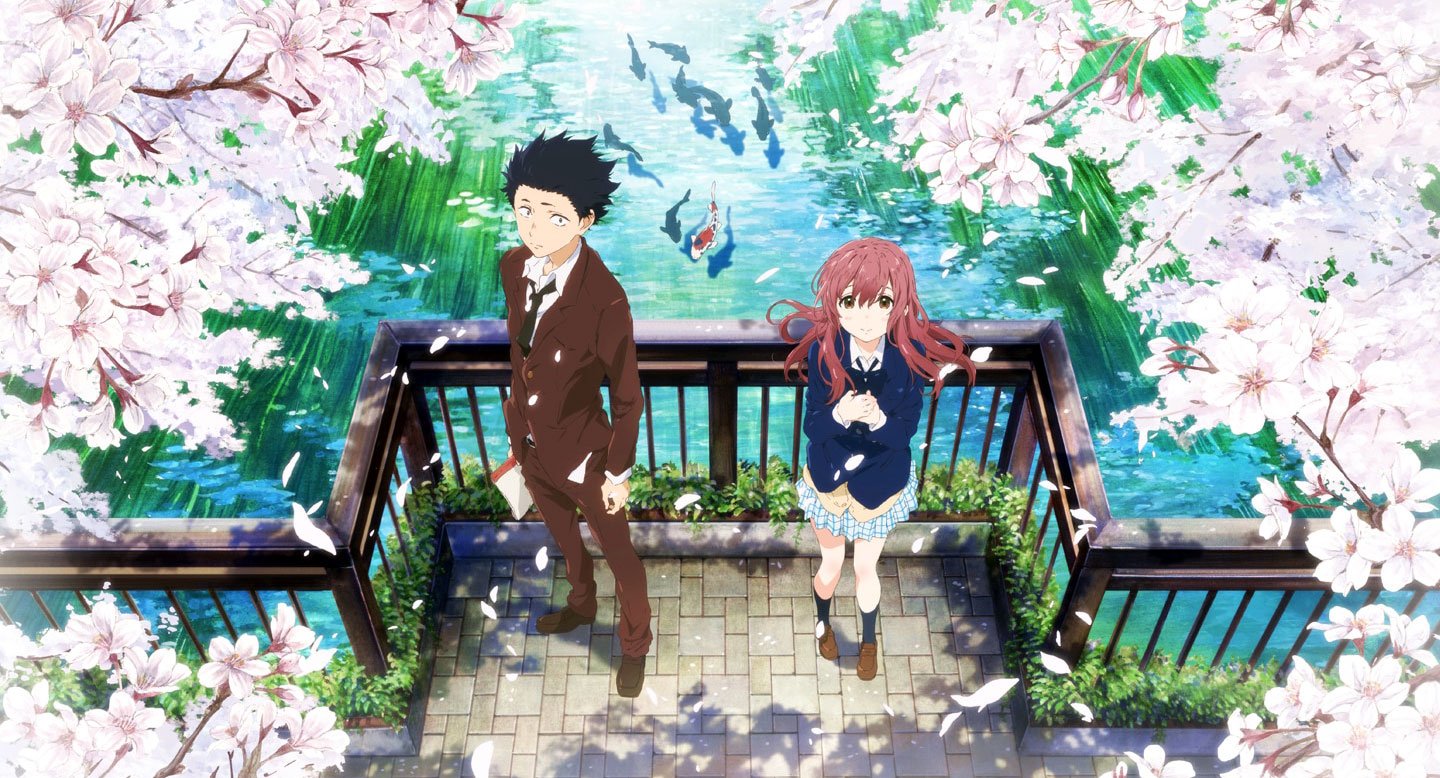Everyone is going ga ga over twitter these days but it reminds me of a similar communications craze that swept the country way back in the 1970s when I was tiny little Pai. I’m talking about CB (Citizens’ Band) Radio which reached its peak of populariy in 1975/1976 with the hit song “CONVOY” by C.W. McCall. Click this link if you want to hear the song. Here are the lyrics (but you will need to to visit the Cb Slang and Ten-Codes links below to understand most of song!).
The CB Radio phenomenon was so huge that there was even a movie version of the “Convoy” song in 1978 starring Kris Kristofferson and Ali McGraw.
Where Twitter requires a username to access their system, CB Radio required a nickname or handle for a call sign. For example, in the popular song “Convoy” the nicknames used were “Rubber Ducky”, “Pig Pen” and “Sod Buster”. Where Twitter limits all messages to only 140-characters, CB Radio required messages to be as short as possible which spawned a massive library of short-hand terms known as CB Slang. Here are some examples:
“Convoy” – a group of 3 or more truckers in a line, usually exceeding the speed limit.
“Bear” = Police officer
“Evel Knievil” = Cop on a motorcycleCB Radio users also made great use of the Ten-Codes or properly known as ten signals. These were code words used to represent common phrases in voice communication, particularly by law enforcement and in CB radio transmissions. Here are some samples:
- 10:4 (Understood, OK, Affirmative)
- 10:9 (Repeat Last message)
- 10-00 (Office down, All Patrols Respond)
So the old adage “Everything old is new again” could very well apply in this case too. Sure, CB Radio was strictly an audio communication platform and Twitter is a micro-blogging platform based on text, but there are some valid similarities between the communication crazes that are separated by thirty plus years. CB Radio users were able to communicate from home as well as on the road so they were the first true mobile network. It makes me wonder what will be the next great communication craze another thirty years into the future? Telepathetic holographic communication called MindWarp.com? Who knows.
Final Thoughts: While the CB Radio craze eventually wore off and now considered a fad, I don’t think Twitter will suffer the same fate. I think it will continue to change and evolve relative to the way that we use it. I think it will always be around in some capacity, we just have to wait and see if we’re merely at the beginning of Twitter’s popularity or at its peak. Time will tell.
